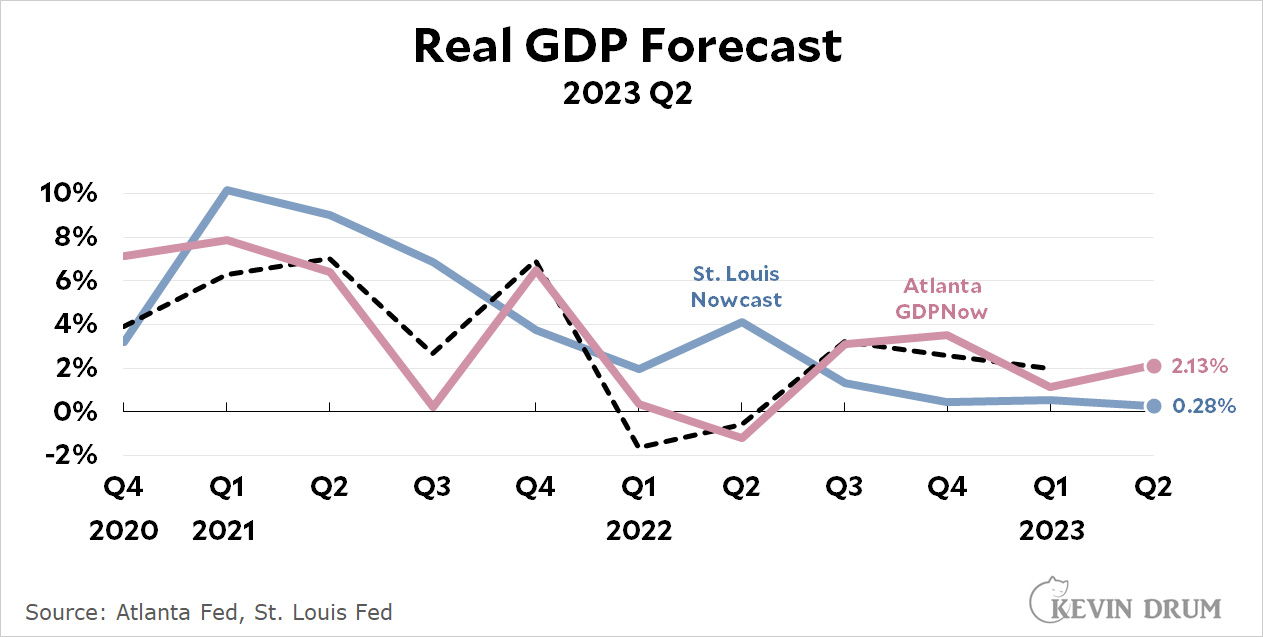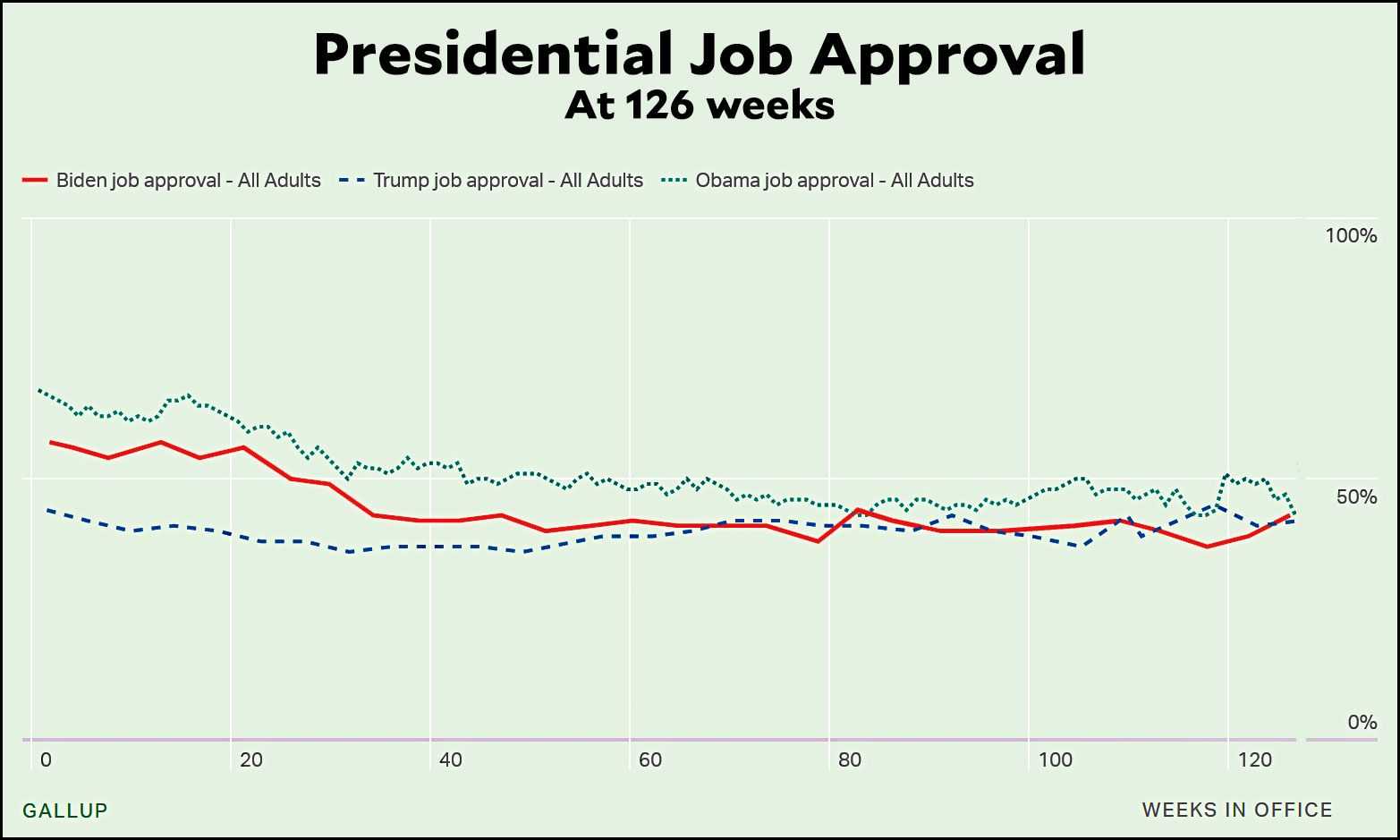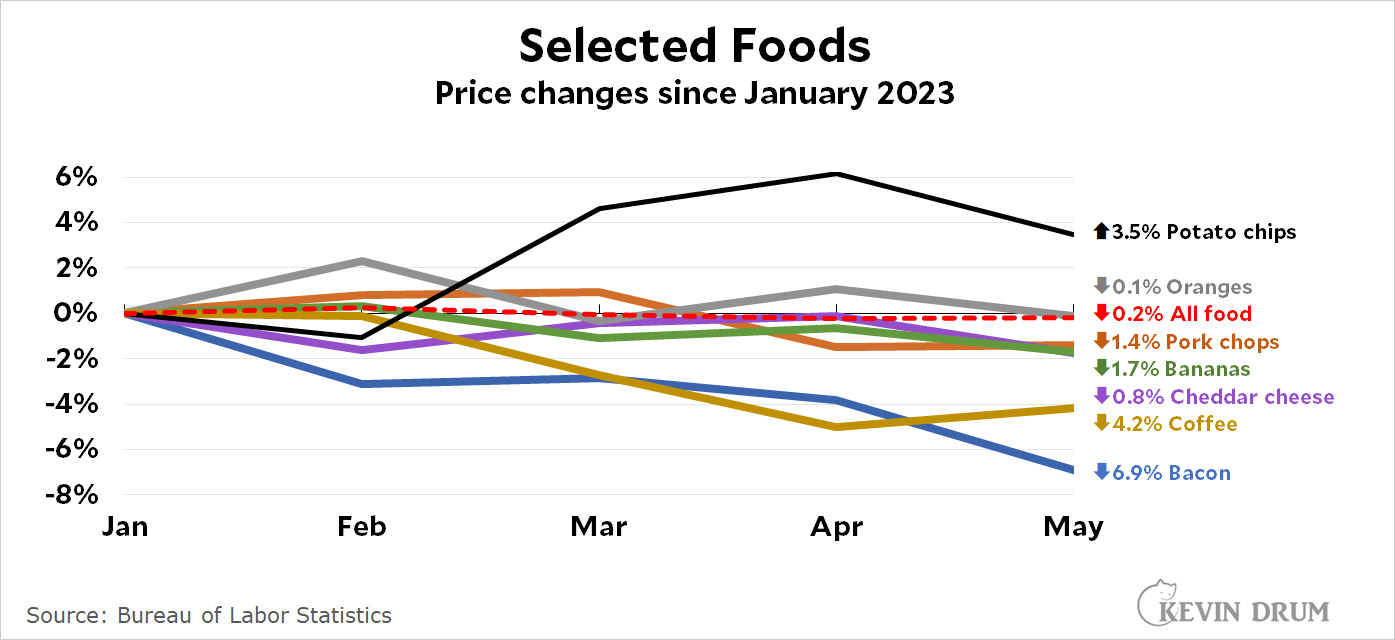Here is an interesting tidbit via Alex Tabarrok. It's a study of low birth weight in babies from Maxim Massenkoff of the Naval Postgraduate School. Here's the most basic US data:
 US birth weights peaked in 1985 at about 3,350 grams (7.4 pounds) and then declined over the next 20 years to about 3,290 grams (7.2 pounds) Why? Massenkoff theorized that it might be due to small particle pollutants in the air. Here's how that turned out in several cities with high pollution levels:
US birth weights peaked in 1985 at about 3,350 grams (7.4 pounds) and then declined over the next 20 years to about 3,290 grams (7.2 pounds) Why? Massenkoff theorized that it might be due to small particle pollutants in the air. Here's how that turned out in several cities with high pollution levels:
 No dice. In cities with high levels of PM2.5 particulates there was virtually no difference in low birth weight babies. But maybe US cities aren't bad enough enough to show a strong effect. Here's the same chart for some of the world's most highly polluted cities:
No dice. In cities with high levels of PM2.5 particulates there was virtually no difference in low birth weight babies. But maybe US cities aren't bad enough enough to show a strong effect. Here's the same chart for some of the world's most highly polluted cities:
 Again, no dice. There's just no systematic difference between particulate air pollution and low birth weight. Massenkoff is perplexed:
Again, no dice. There's just no systematic difference between particulate air pollution and low birth weight. Massenkoff is perplexed:
In addition to the birth weight estimates in this paper, it is striking that Goldin and Margo find normal birth weights by today’s standards in a 19th century poor house. Are birth weights unusually hard to change? While far from exhaustive, I searched all reviews of randomized trials in the Cochrane Library targeting either birth weight or low birth weight. According to meta-analyses, many treatments come up short, including: zinc, calcium, deworming, vitamin E, vitamin A, vitamin C, iodine, and magnesium
On the other hand, the reviews find either increases in birth weight or decreases in low birth weight for: folic acid, vitamin D, omega-3, and anti-malarial bed nets. Also, birth outcomes within the US still vary substantially across groups: There is a stark income gradient, with mothers in the bottom income quintile more than twice as likely to have a low birth weight infant compared to mothers in the top quintile of income suggesting that access to resources could drive poor birth outcomes
So it's a mystery. The answer, of course may simply be that high levels of small-particle pollutants have lots of ill effects, but low birth weight just isn't one of them. But it's still odd.









